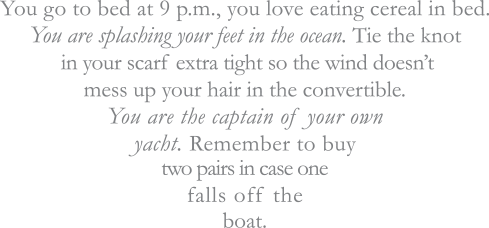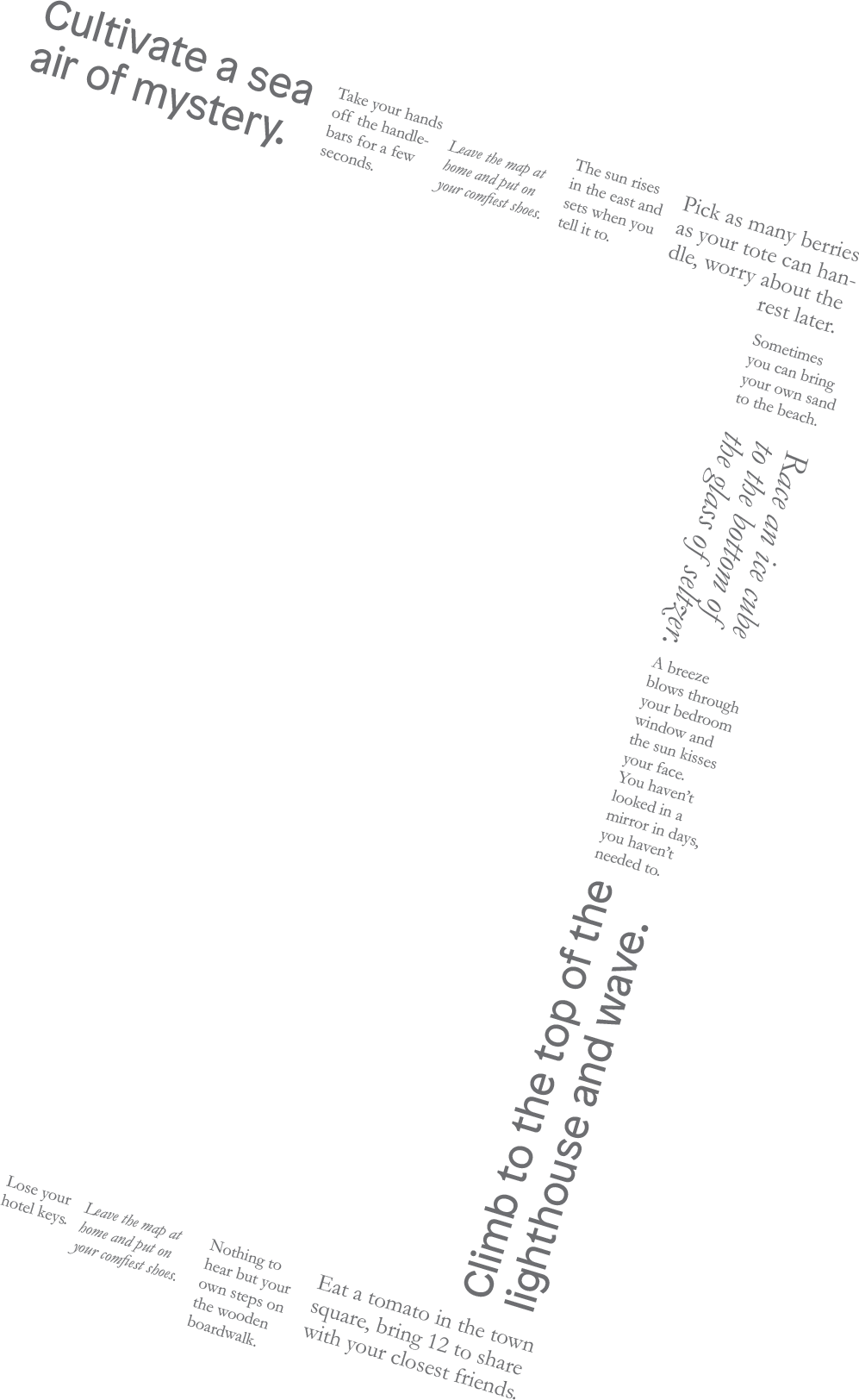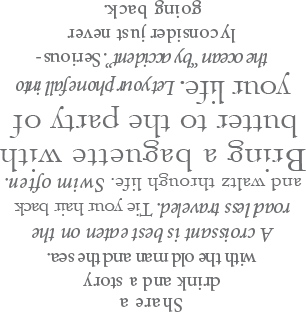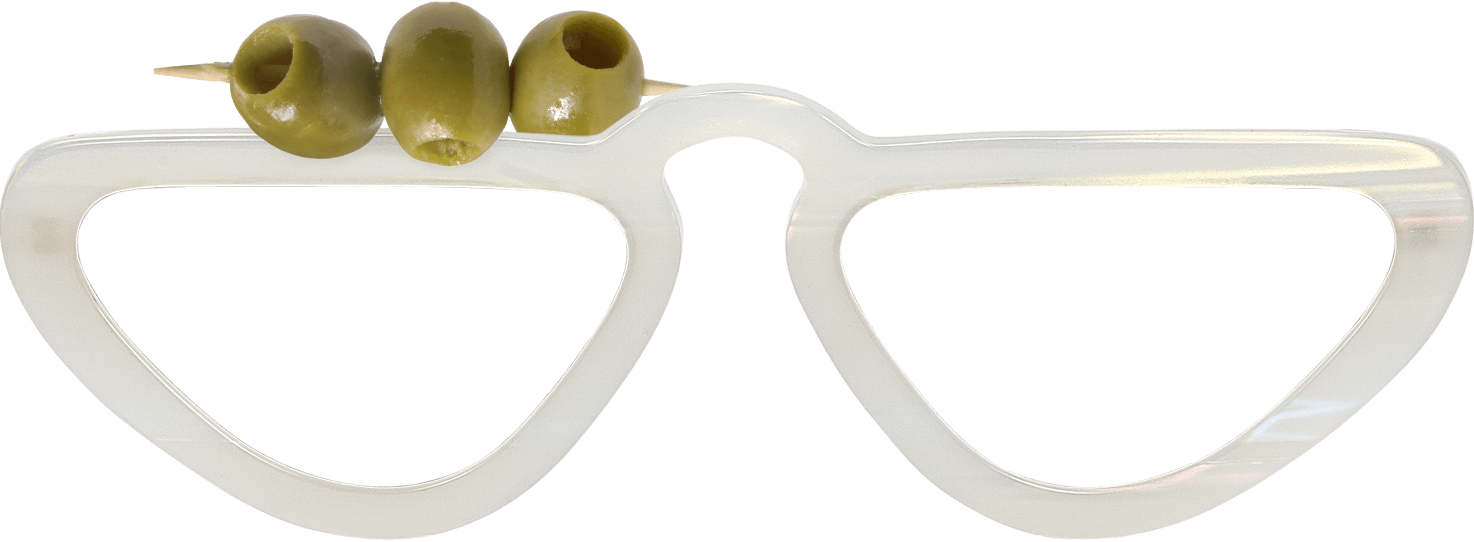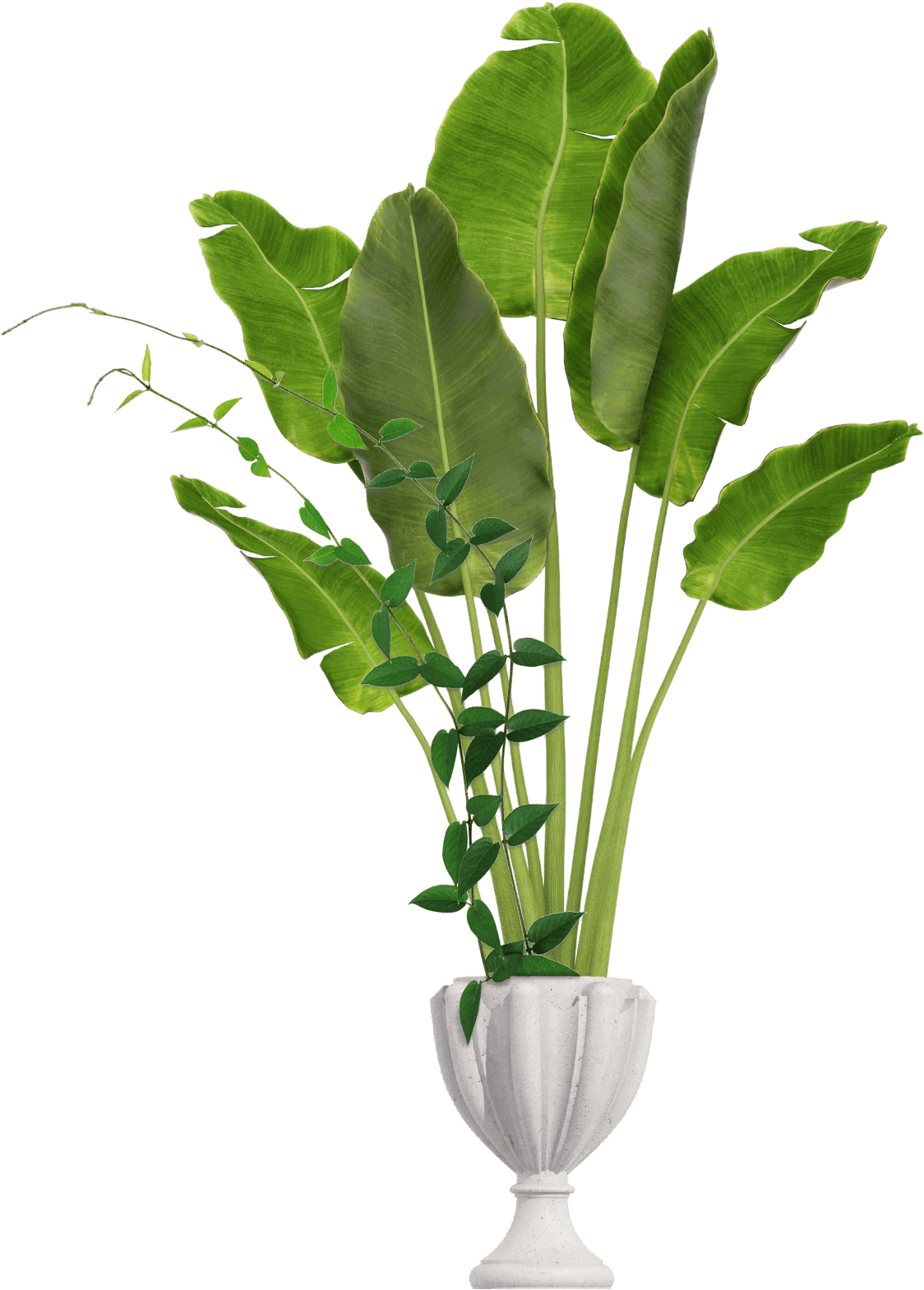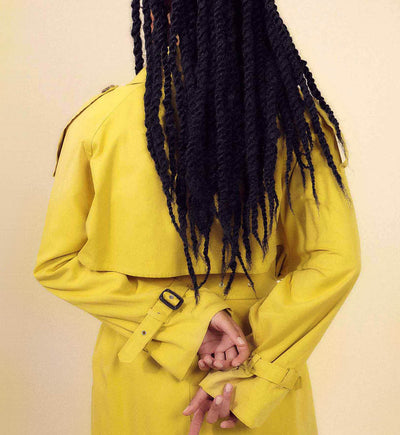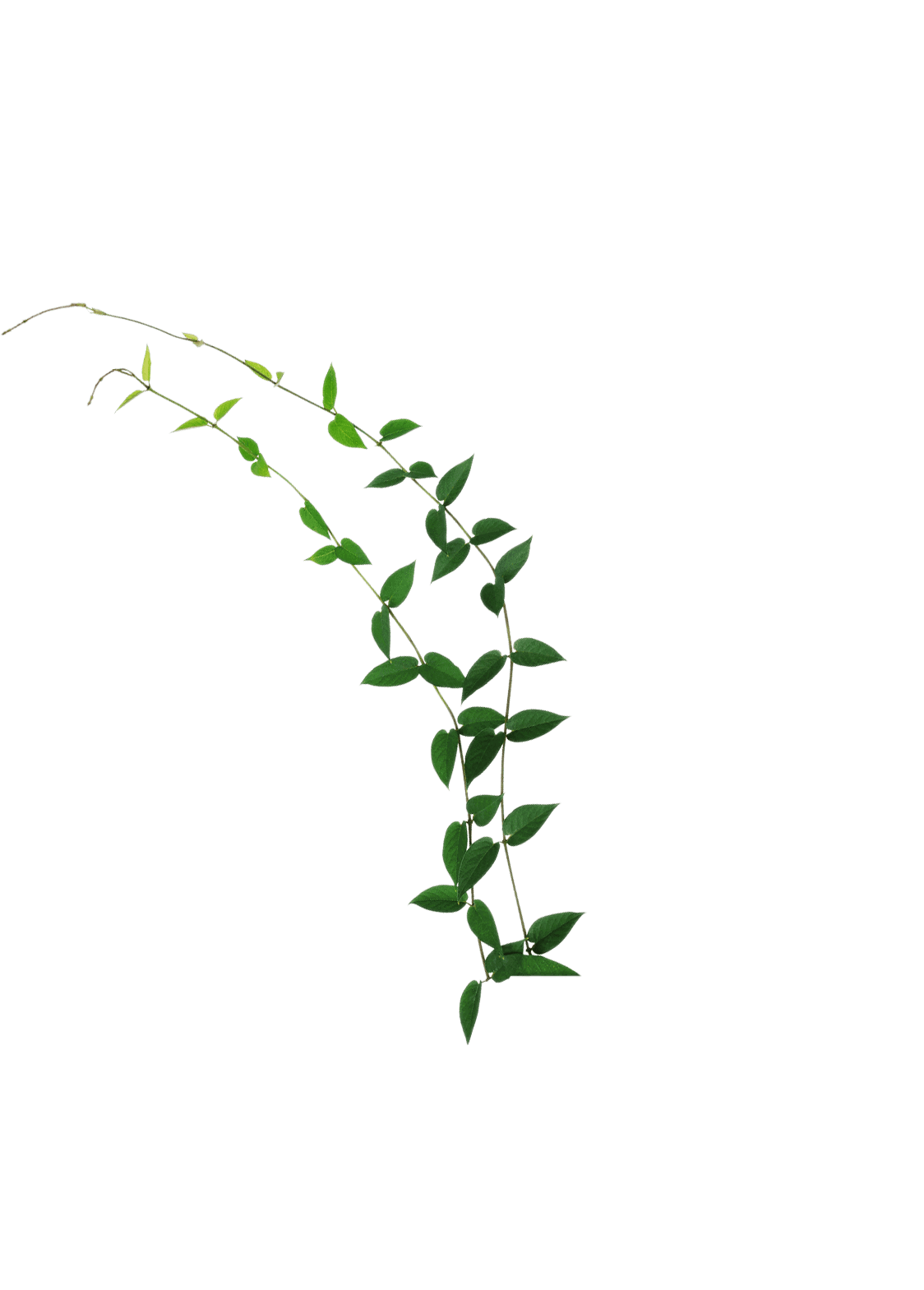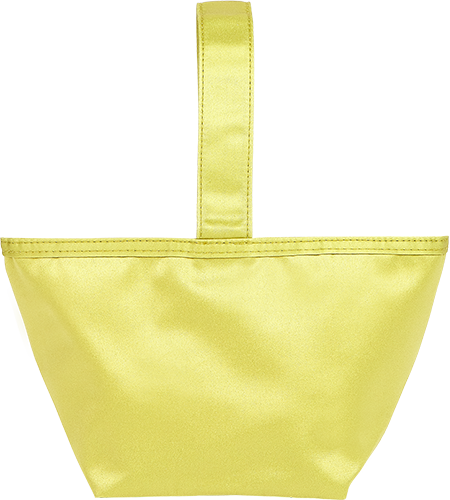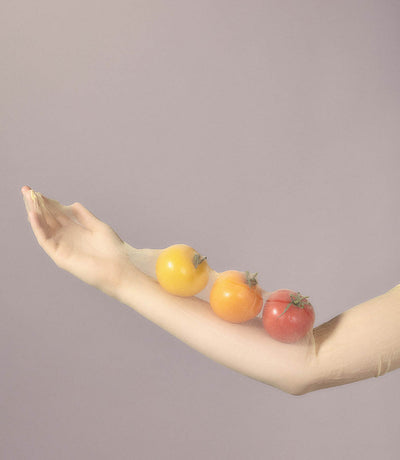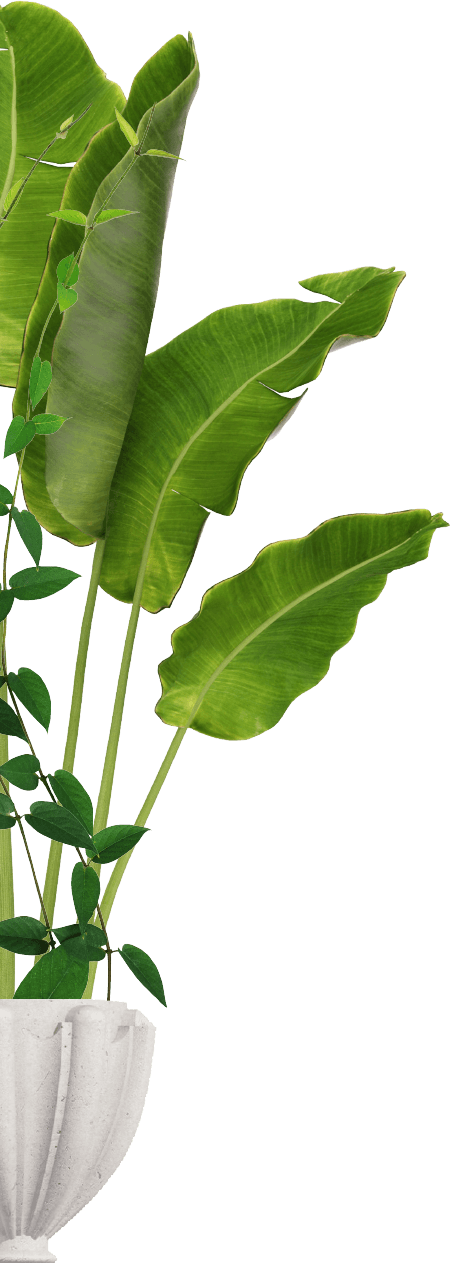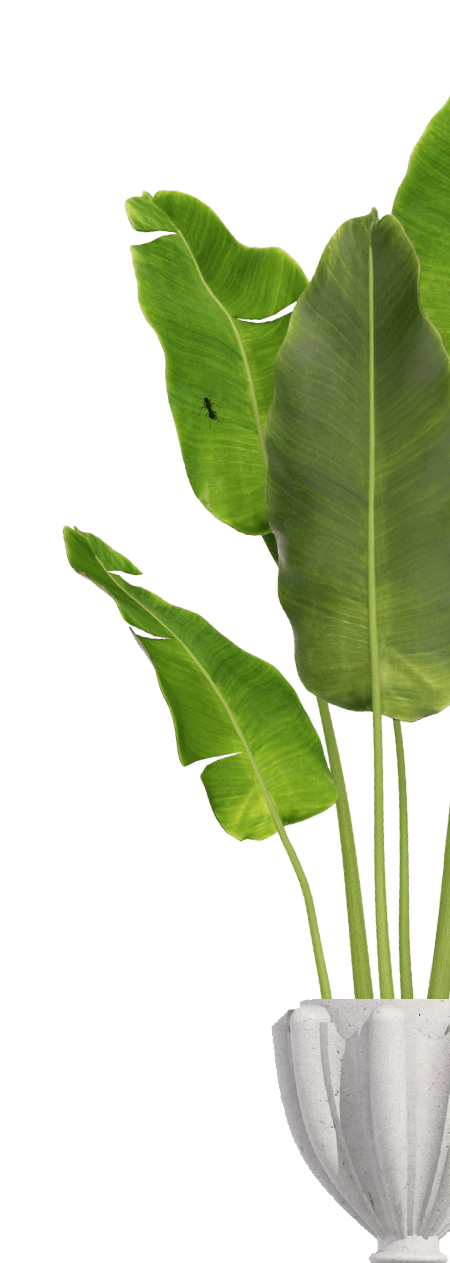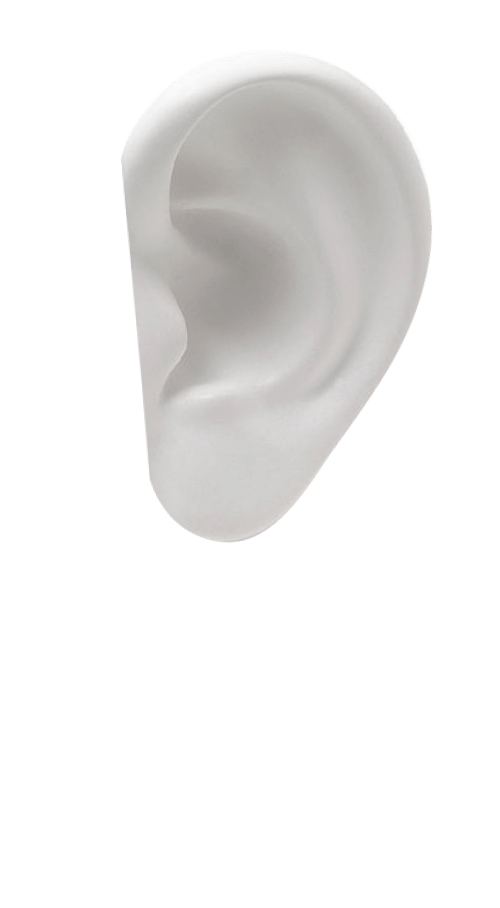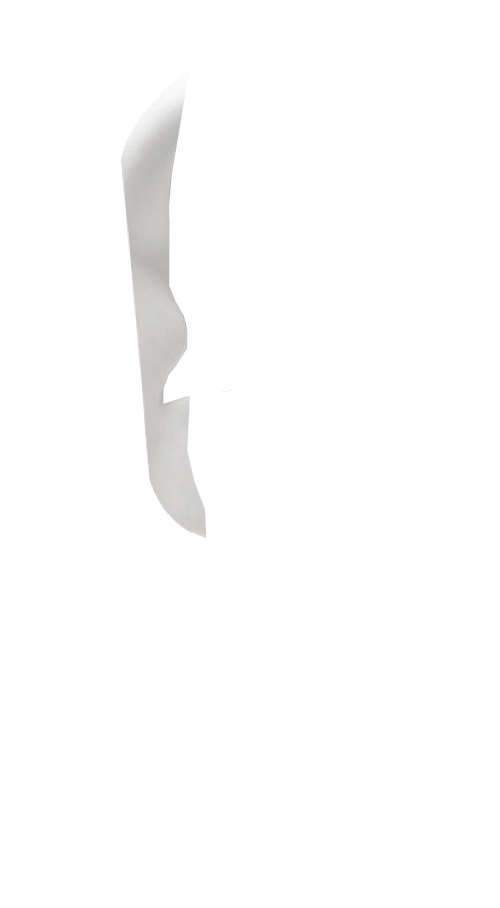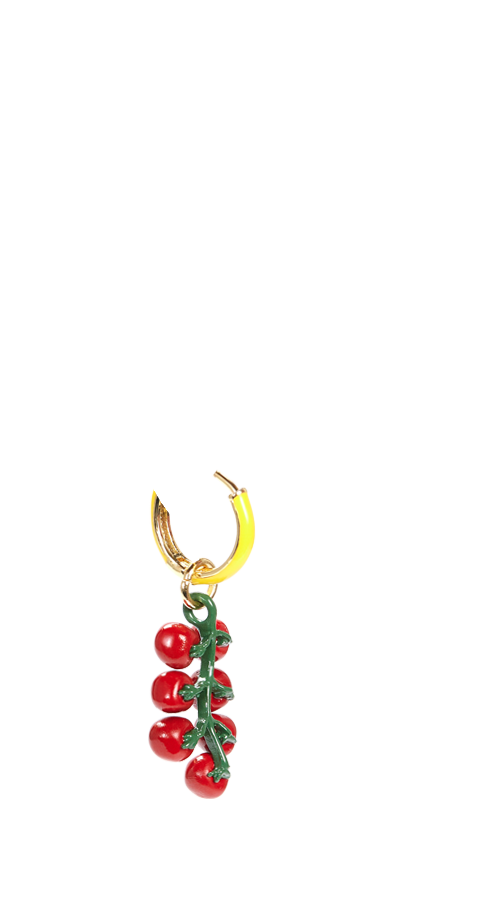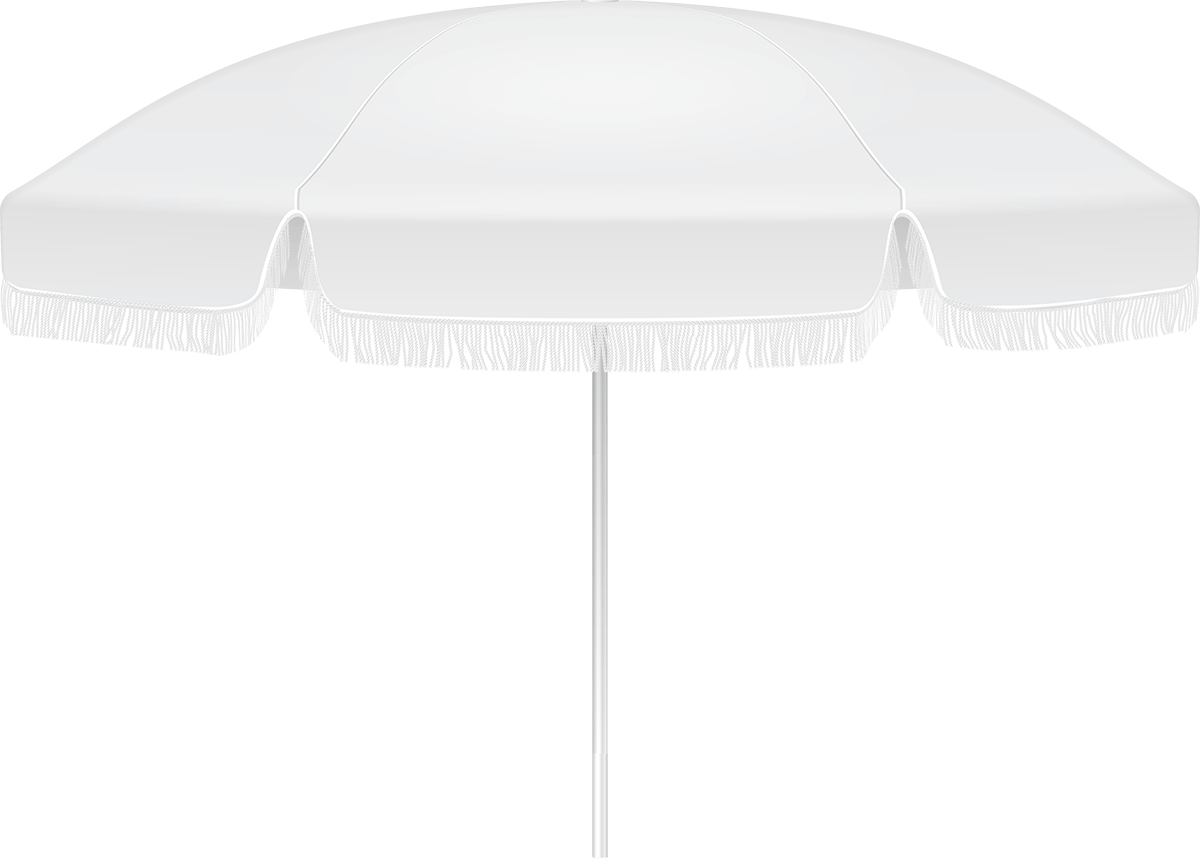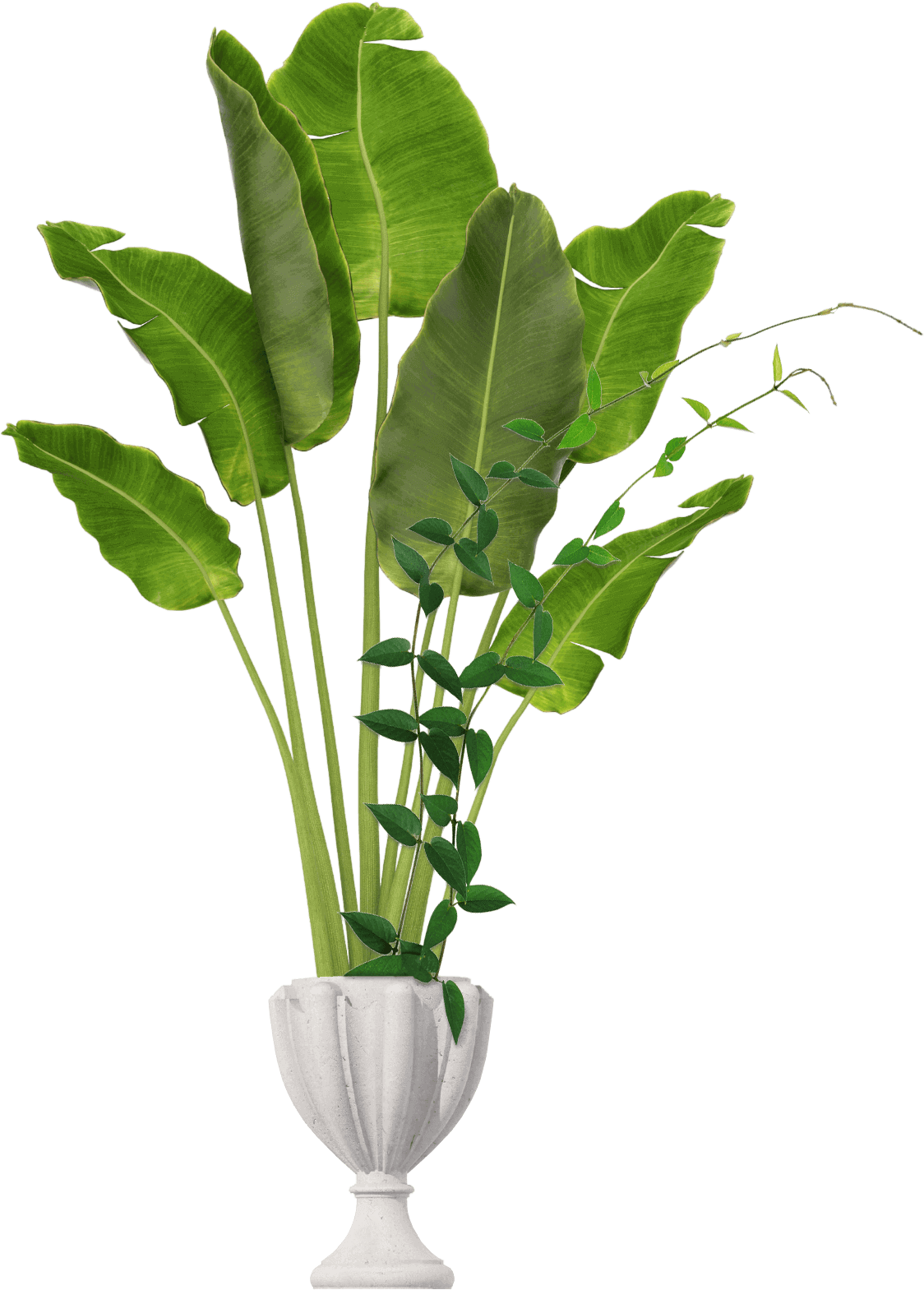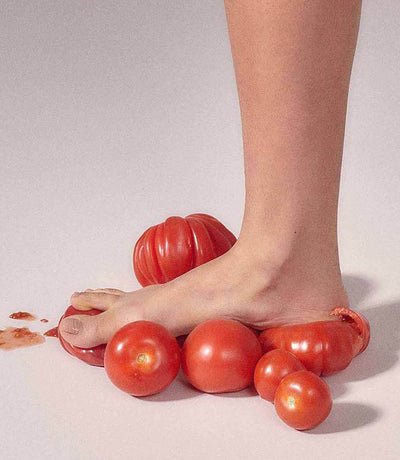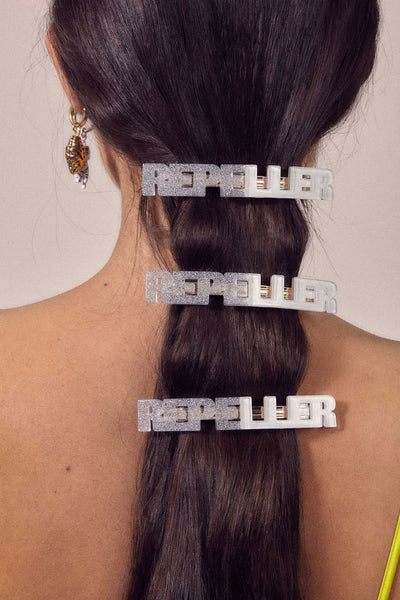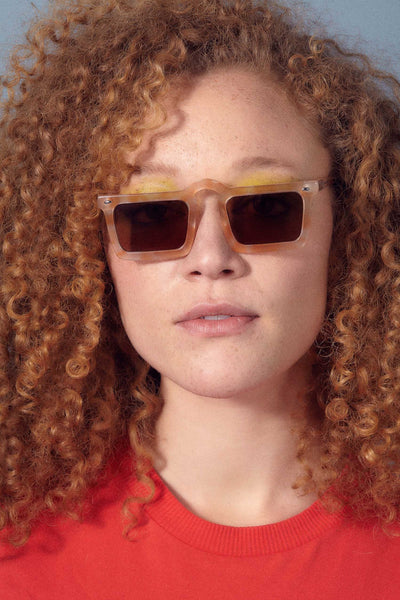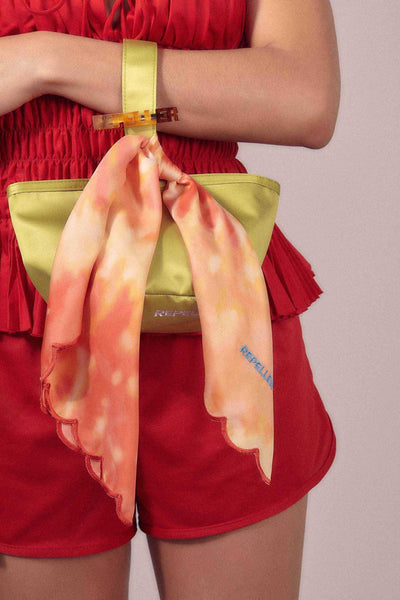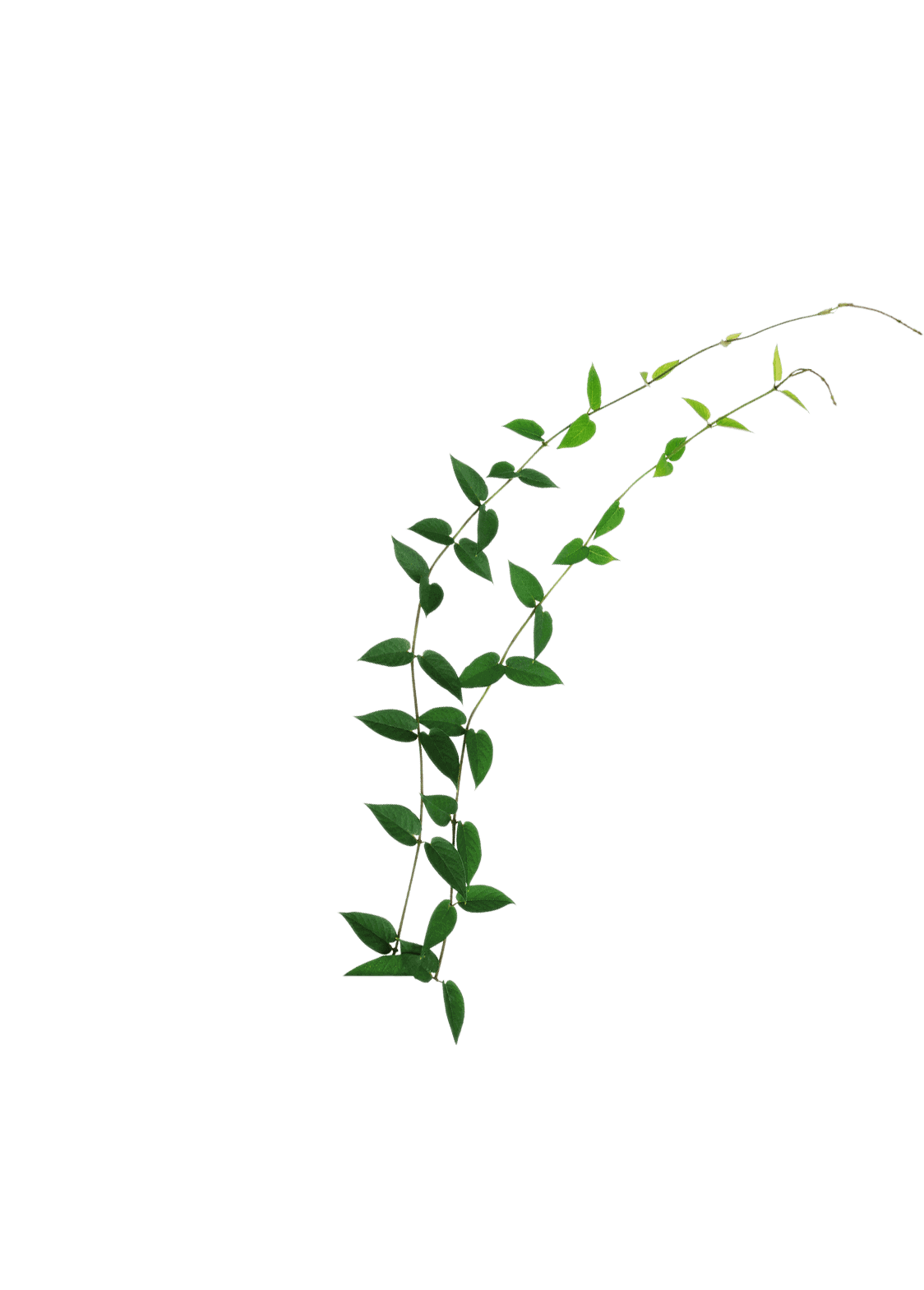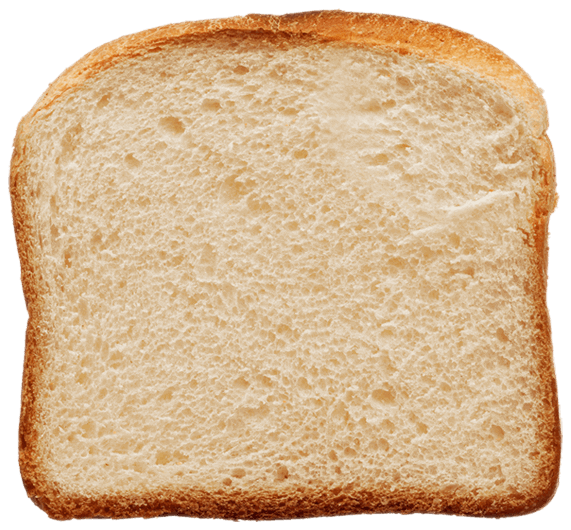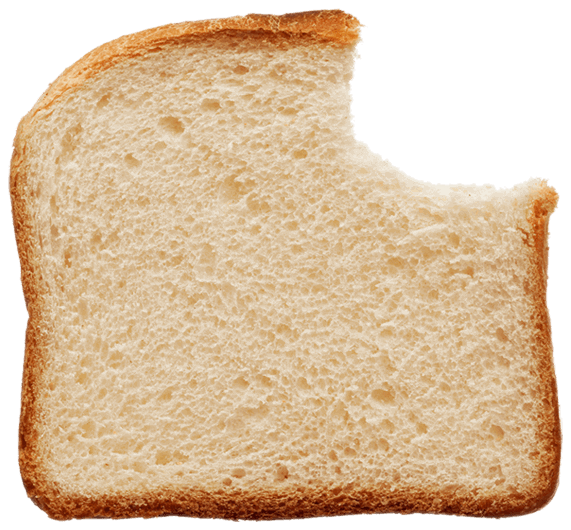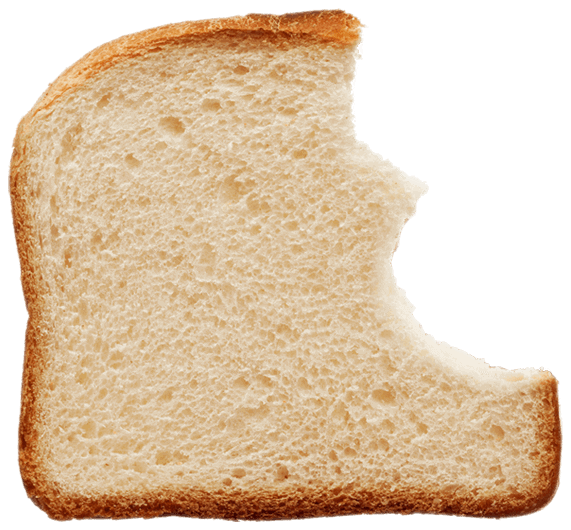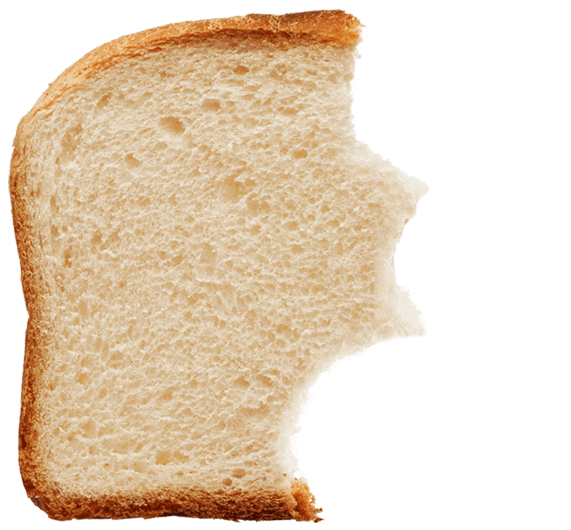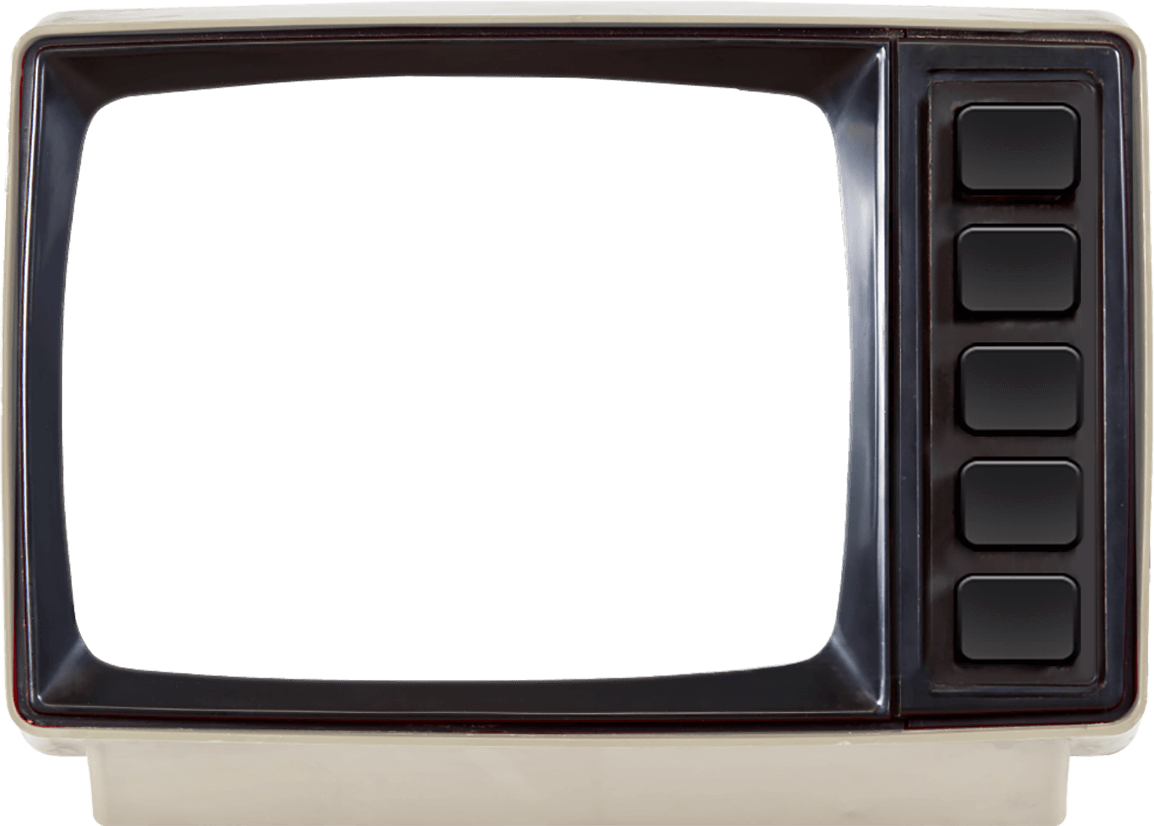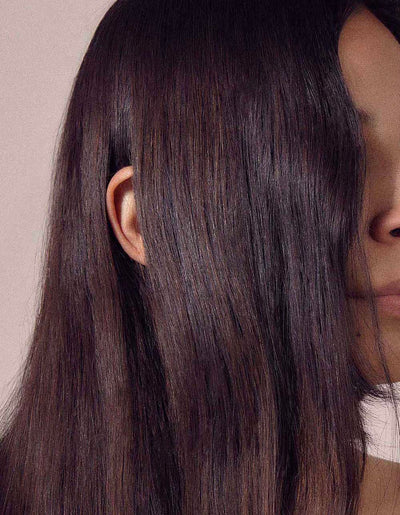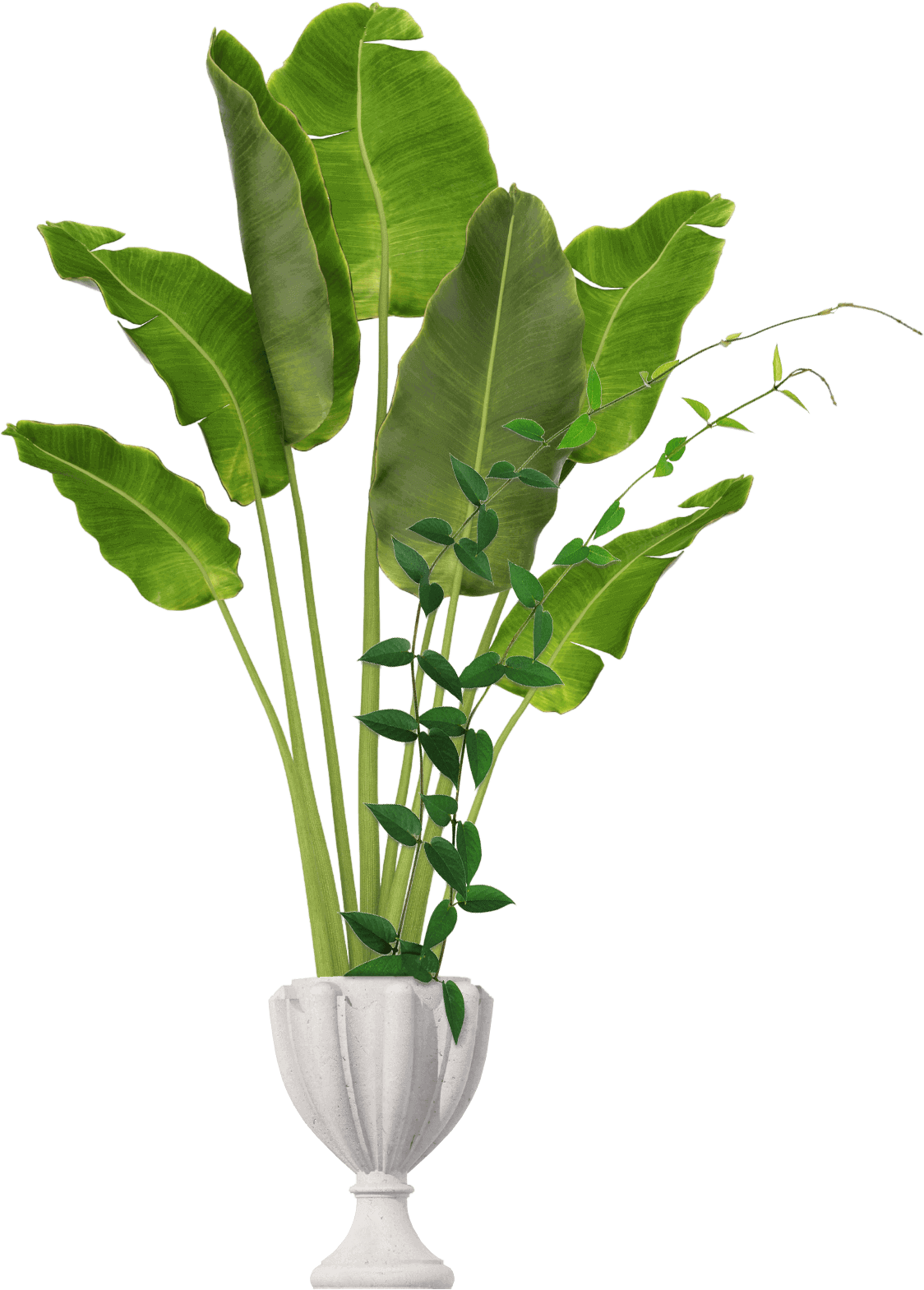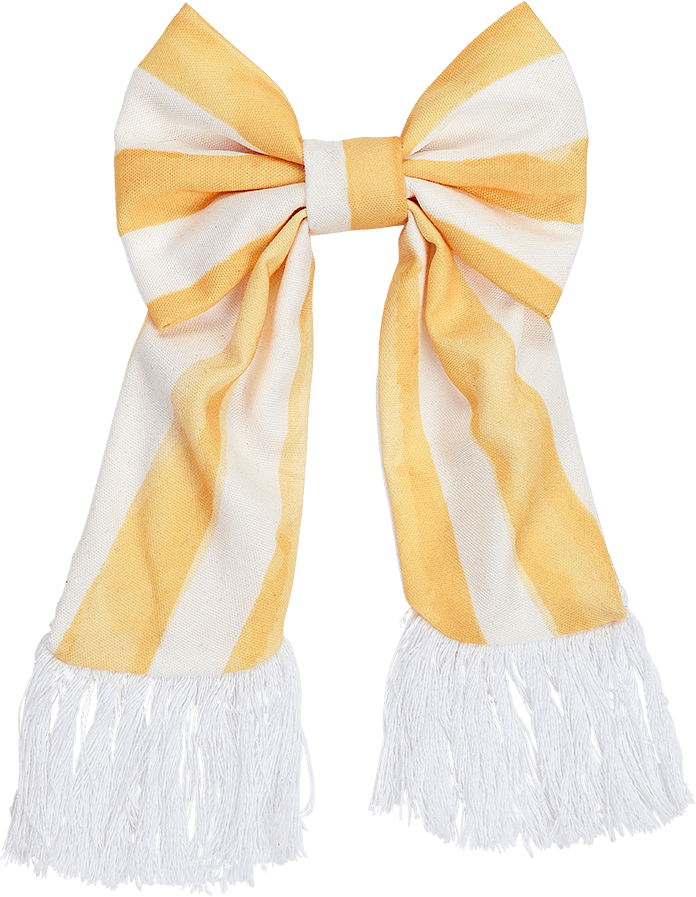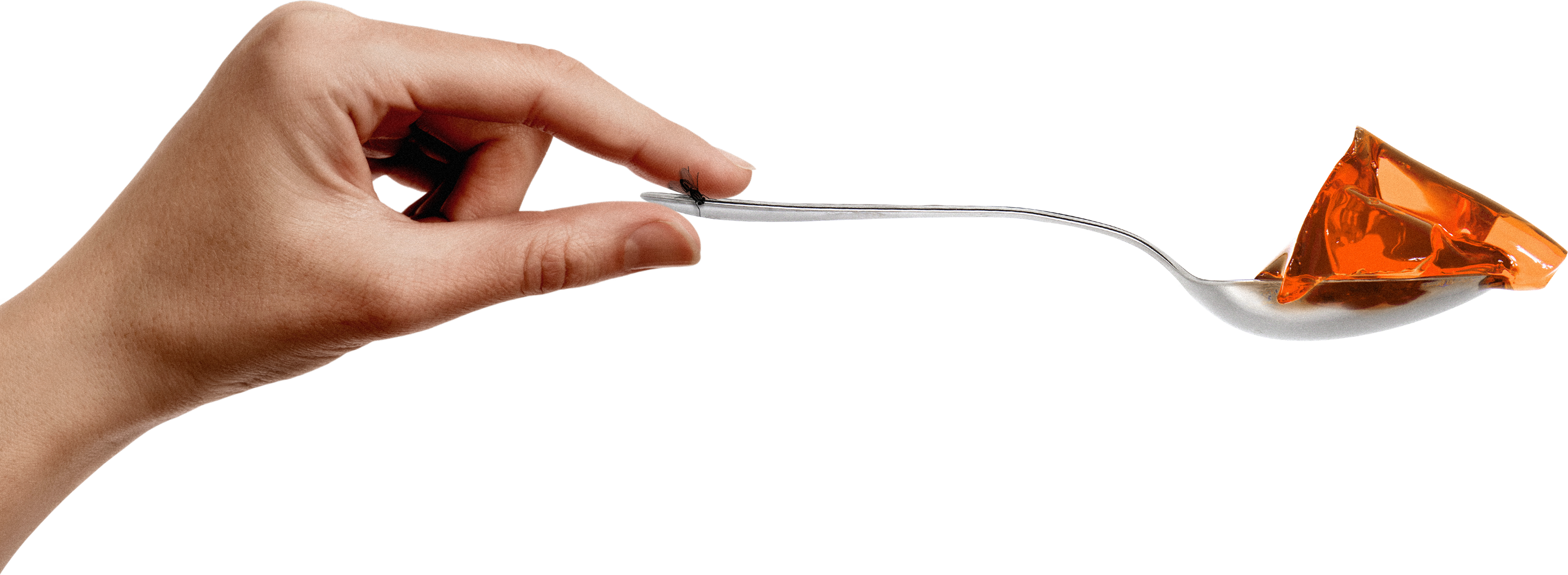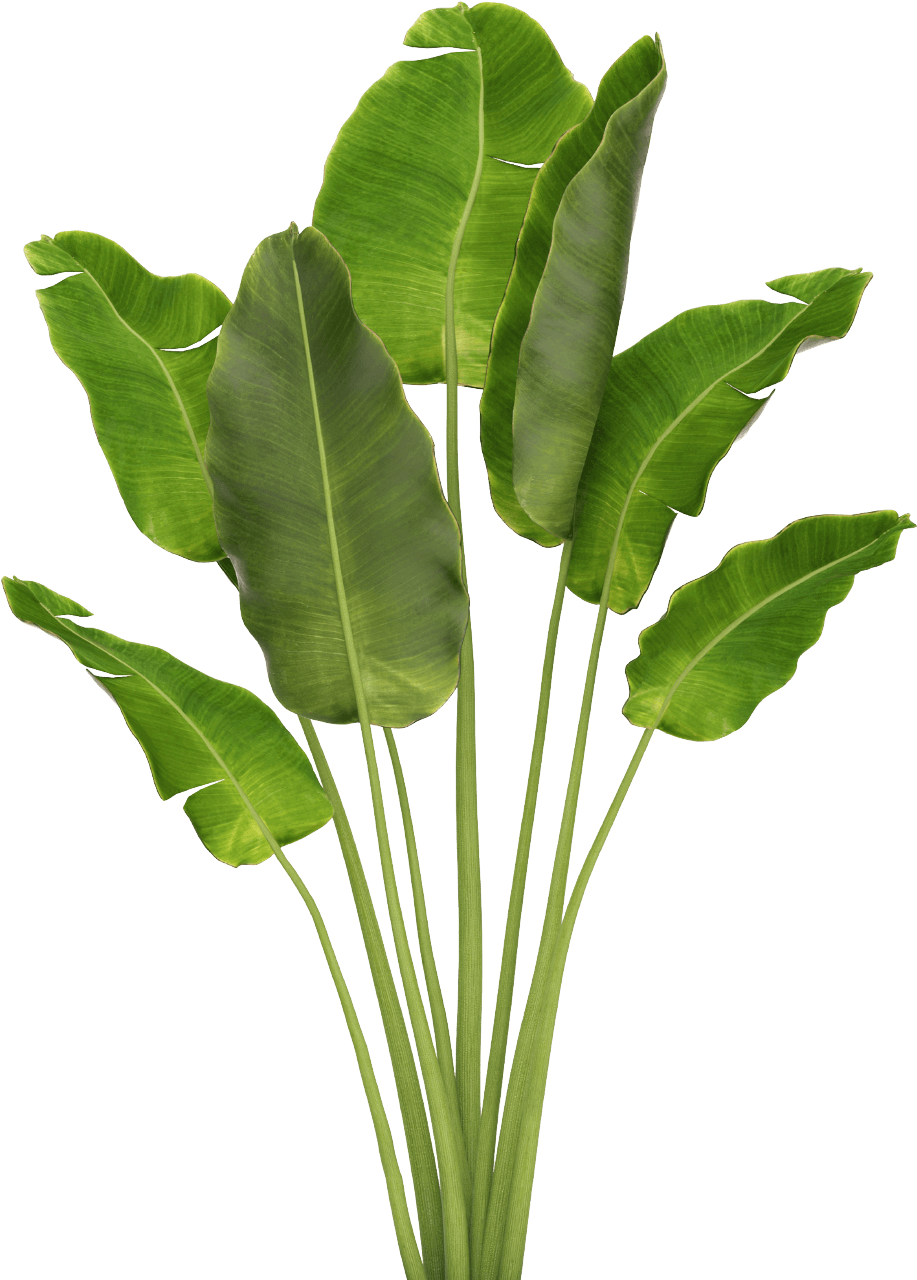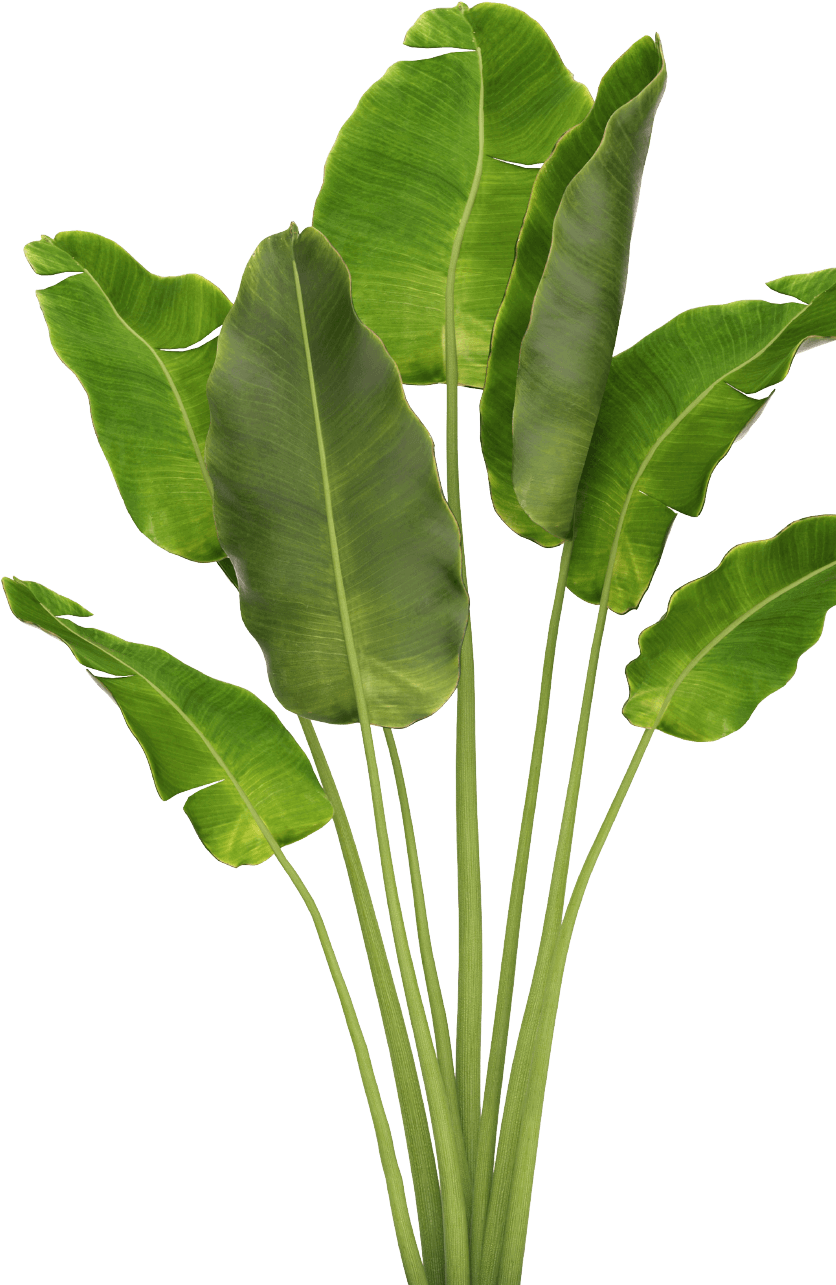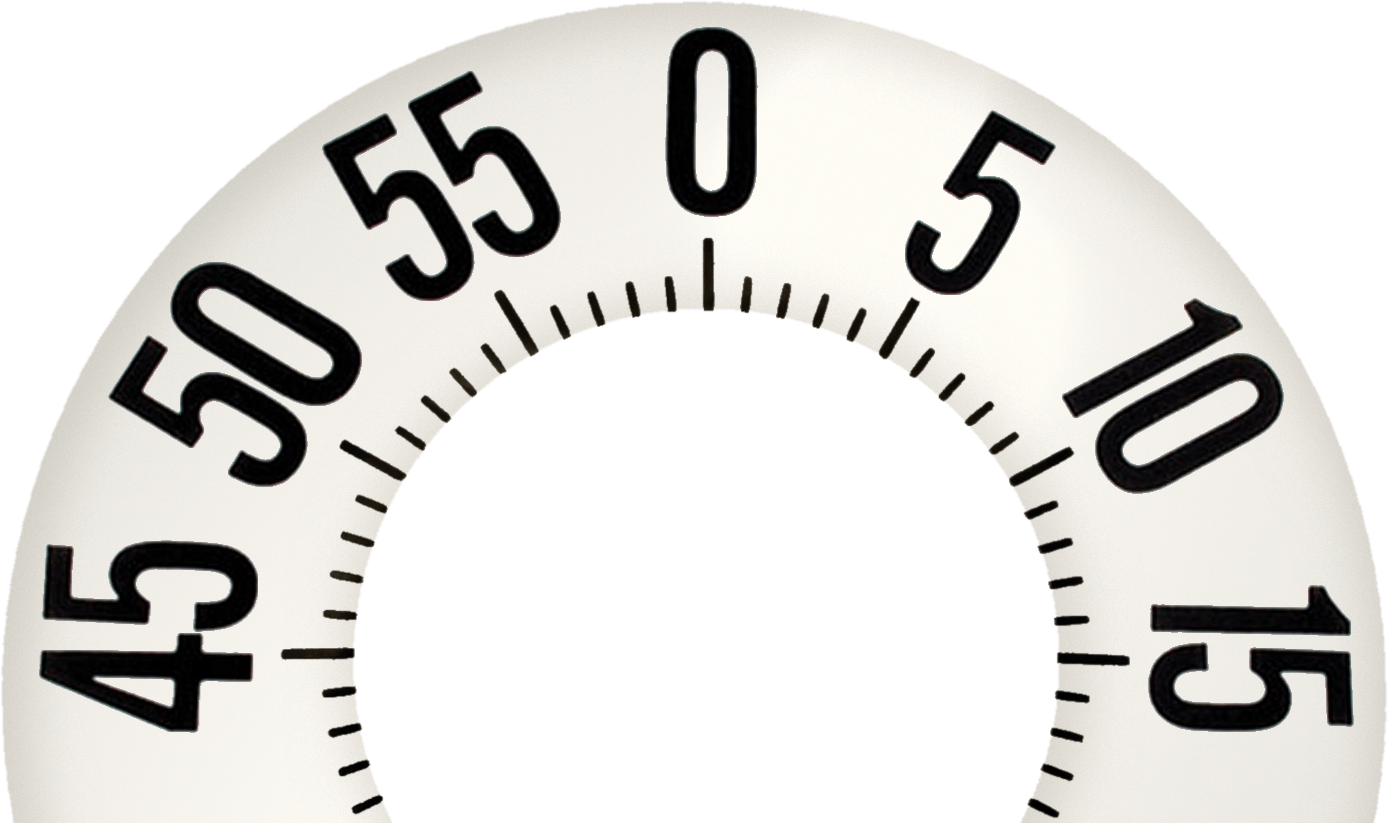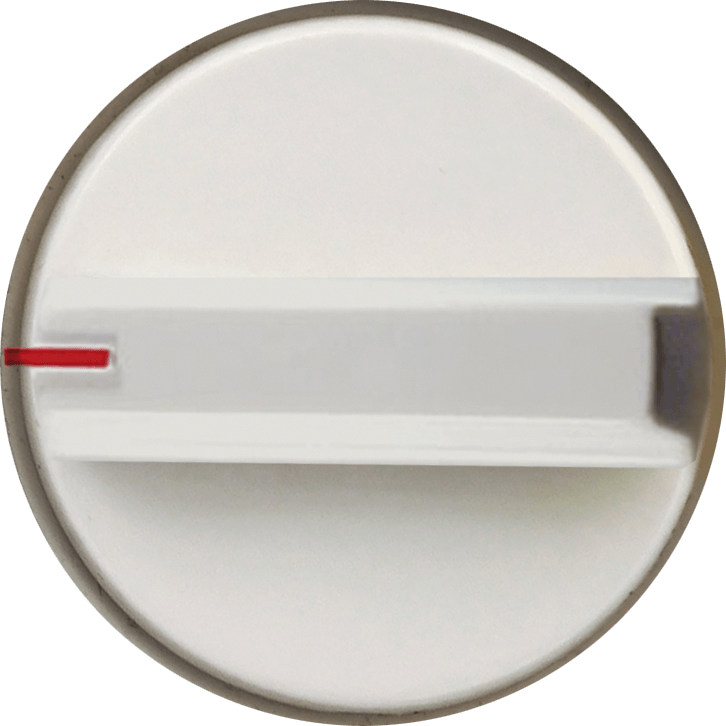Picture yourself sailing down the French Riviera, wind in your hair, the sun beaming down on your face, the taste of the salty air. Your devoted yacht crew serves up a picnic on the upper deck. As you tie your hair back before biting into a juicy tomato it becomes clear: this is your life, your destiny; you are the captain of your own ship.
Repeller Affirmation™
Send to a friendRepeller Affirmation™
Send to a friendRepeller Affirmation™
Send to a friend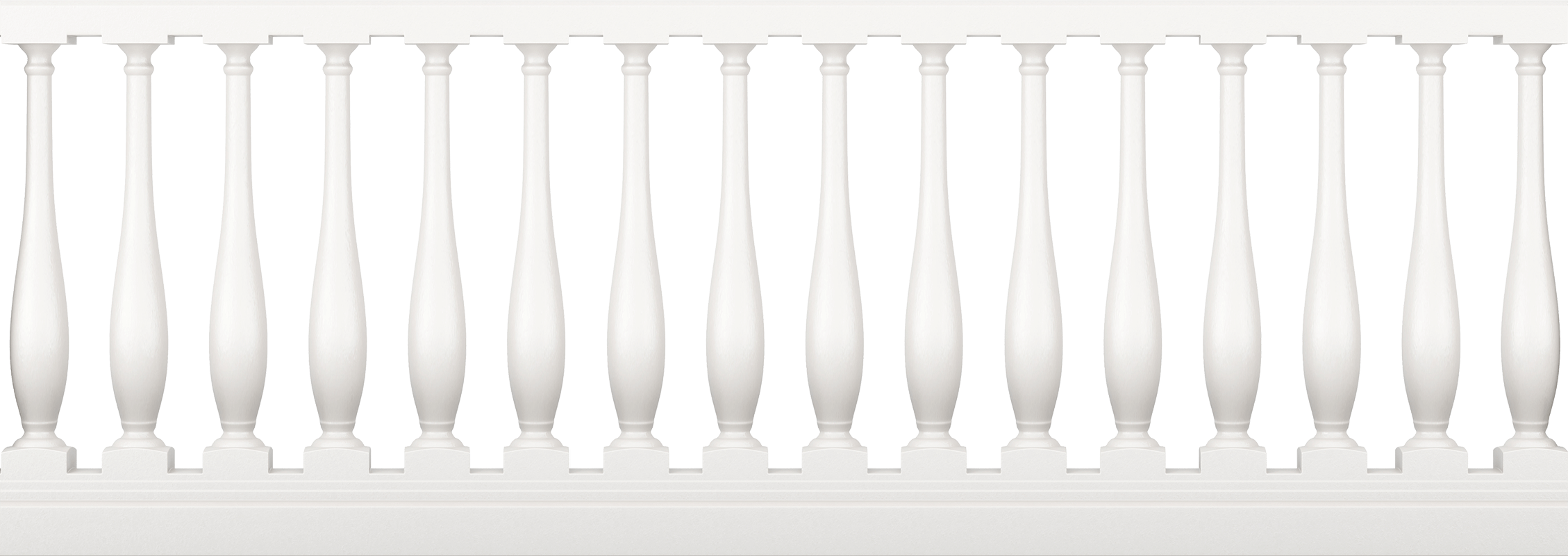
Prior to school, I’d spent a few years outside of the U.S., mostly in the region of the Philippines that my mother is from and across Southeast Asia. During this time, I basically started a new life every six months. I was a beauty queen, a tourism director, the content manager for Jet Li’s now-defunct martial arts website. And every time I changed course, I’d had to make new friends, new routines and reinvent myself to adapt to a different environment. But the move to Alabama felt different. If every other shift I’d weathered was the result of some spontaneous now-or-never jump into the unknown, going to grad school was a much weightier decision. It was a choice to stay in place, to put down roots, to try to make a life I would want to hang around in for a while.
Taming all my chaotic spontaneous whimsy into a new life that demanded so much order was disorienting. None of my old tricks worked. This is why I invented Karen. Before Alabama, I’d never needed a fully fleshed out alter ego. But she became a necessary part of my life here, enabling me to think and interact with the world in new ways.
The liquid is cannabidiol (CBD), a non-psychoactive substance found in marijuana. The little girl is Lily Rowland, a seizure patient who suffered hundreds of episodes daily until she started taking CBD. Once she did, her seizures practically vanished.
CBD is one of the two major molecules in marijuana; the other is tetrahydrocannabinol, or THC. Unlike THC, CBD will not get you high but it does have numerous therapeutic properties. According to dozens of studies, it has been known to treat epilepsy, relieve anxiety, reduce symptoms of schizophrenia, act as an anti-inflammatory and even slow certain types of cancer.
It is, in short, a pretty miraculous substance. It also happens to be easy to obtain: CBD derived from hemp, a type of cannabis largely devoid of THC, is legal to distribute nationally, which is how I found myself in possession of a box of Lord Jones All Natural Old Fashioned High CBD Gumdrops, a bottle of Charlotte’s Web Hemp Extract Oil, a bottle of Plant Alchemy Organic Concentrated CBD Oil and an anxious conviction that I should try alleviating my anxiety by using all this stuff.
I’ve struggled with anxiety for as long as I can remember but it’s gotten noticeably worse in the past two years. There are a number of factors to which I could contribute the uptick: I’m in my mid-twenties and therefore struggling with typical quarter life crisis-related insecurities; I live in New York City, which isn’t known for coddling the mental health of its inhabitants; and I work in media, an industry that consumes and thrills in equal measure.
Zoom
On top of these very plausible considerations, though, I’ve been wondering whether the increasingly prevalent — not to mention lucrative — state of the wellness-industrial complex has played an ironically negative role in the evolution of my wellbeing. Living as an anxious person in the age of Wellness with a capital “W” is unsettling. It’s unsettling to be told that reducing the discomfort of being a person in the world could be as simple as sprinkling a packet of health dust into my morning smoothie. It’s unsettling to read multiple first-hand accounts proclaiming that a gluten-free diet is the key to better skin, tighter abdominal muscles and a clearer mind. It’s unsettling to be steadily seduced by the mythology that “feeling better” by way of a quick fix is not only possible, but common. Above all, it’s unsettling to slap on one of these wellness Band-Aids with the expectation of seeing life-changing results, and still ultimately feel exactly the same.
I’ve come to approach wellness fads with a strange mixture of cynicism and hope: cynicism because I’ve personally lifted the curtain on so many trends only to discover they’ve been standing on air instead of legs; and hope because the trending power of easy relief is too magnificent to ignore. As I opened the box of Lord Jones All Natural Old Fashioned High CBD Gumdrops and placed one in my mouth one night after work, I tasted hope, cynicism and essence of raspberry.
I waited for the gumdrop to dissolve and felt… nothing. I waited a bit more and felt… nothing! Hmm. I considered what I thought taking CBD would feel like. Maybe like a more subtle version of getting high, even though I know CBD isn’t psychoactive. Maybe like drinking a sip of whiskey — a warm blanket unfolding inside my chest. Maybe like taking NyQuil — drowsiness-inducing. I felt none of these things. Eventually I gave up and went to bed.
Each Lord Jones All Natural Old Fashioned High CBD Gumdrop contains 20 mg of CBD, so the next day I did some research to try to determine the efficacy of this amount for treating anxiety. According to Dr. Nick Jikomes, a neuroscientist turned cannabis industry data scientist, finding the correct dosage really depends on the condition you’re trying to treat: “If you’re using CBD for anxiety, there may be that sweet spot, a middle dosage, that has the best effect, and it can become less effective if you increase the dose,” he told Leafly (the “world’s largest cannabis information resource“).
Overall, there is a startling dearth of information online when it comes to exact CBD dosing recommendations, but I found this POPSUGAR primer (featuring expert input from Dr. Michelle Weiner, a pain management specialist; Dr. Sunil Aggarwal, a practitioner at SageMD; and Dr. Jordan Tishler, president of both InhaleMD and the Association of Cannabis Specialists) to be one of the most helpful resources on the topic. Dr. Weiner echoes Dr. Jikomes’ assertion that there is usually a “sweet spot” dosage for each person depending on factors such as weight, biological makeup and specific symptoms. However, Dr. Tishler describes “reasonable and feasible doses” of CBD at around “10-40 milligrams per day” while also going on to cite anti-anxiety studies that indicate positive results when participants take between 800-1,200 milligrams of CBD per day.
In other words: The territory is murky and trial-and-error is not only accepted but encouraged.
Zoom
Because I’m impatient, I decided to double my dose of CBD the next time I tried it, this time via a dropper full of mint chocolate-flavored Charlotte’s Web Hemp Extract Advanced (43 mg of CBD per 0.5 mL serving) administered under my tongue after a particularly stressful day. Whoosh. I definitely felt… something. Almost immediately. A bodily sensation that was pleasant but not overwhelming, like immersing myself in a hot bath. It evaporated a few seconds later but in its place there remained a faint sense of calm, so subtle I only noticed because I was looking for it, as if someone had asked the hamster that likes to run inexhaustible circles inside my head to slowwwwwww down. It was nice.
I experimented with different doses of CBD over the course of about a month, ultimately settling on 40-45 mg as my personal “sweet spot.” I also experimented with dosing at different times of day (though it doesn’t make me drowsy, I decided I prefer taking it in the evening) and in the midst of different mental states. I found that if I’m super anxious for a specific reason and my hamster wheel is already spinning out of control, CBD doesn’t help much — it’s just a drop in the bucket (pun intended) at that point. Where it does help is when I’m experiencing low-grade, general anxiety, in which case CBD relaxes me just enough to make an appreciable difference, as if I’ve treated my brain to a 10-minute nail salon massage. In terms of combating insomnia, CBD definitely doesn’t put me to sleep (like, at all), but it does lessen the churn of anxious feelings and thoughts that frequently keep me from falling asleep in the first place.
A word on price: Good CBD is expensive. I say “good” because in addition to the fact that 50 pounds of marijuana only produce one kilo of CBD, the industry is still largely unregulated, which means quality can really vary. I did a good bit of investigating, both online and by asking around, before settling on the three brands of CBD I wanted to try. All of them were kind enough to send me samples to test out for the purposes of this story, but given that the individual products clock in at $45 (for nine Lord Jones gumdrops), $149.00 (for 30 mL of Charlotte’s Web’s highest concentration hemp oil) and $150.00 (for 15 mL of The Alchemist’s Kitchen’s lowest concentration CBD oil), they qualify more as a luxury item than an affordable treatment.
That being said, oh boy have they helped. I’ve been taking CBD once a day for about five weeks now and once I officially observed its impact on my anxiety, I haven’t shut up about it. I reached peak evangelist status over the weekend when a friend came over to my apartment complaining of a stress-induced stomachache and I insisted she take two Lord Jones gumdrops on the spot. Despite the cost, I plan to continue purchasing CBD on my own once my free samples run out. I consider it an investment in my mental health.
My initial impulse to lump CBD with wellness gimmicks and transient health fads was rooted in my own lack of knowledge. Even though the “mainstreaming” of cannabis is a recent phenomenon, ancient cultures grew the plant for herbal medicine as far back as 500 BC, long before jade eggs and juice cleanses existed. Now I’m happy to ground CBD in a new, more thoughtful context that encompasses its history as well as its future.
Do you take CBD? If so, what do you take it for? Let’s discuss.
In this month’s reading, I will embrace as many clichés as possible, cherry picking the ones that most resonate with your zodiac sign. These are the ones to hang onto, the little sayings that communicate the lessons you’ve absorbed better than anyone else. They may have become meaningless to the masses, but for you, they continue to be relevant.
When I returned to work, a colleague rushed over to me. “Did you get to go outside?” she asked, looking a little desperate. “How was it?”
“It’s really nice out!” I replied, wishing I could shut her MacBook and gently push her towards the elevator. “You should enjoy it while it lasts!”
She shuddered. “I just have so much work to do….”
While I savored my sunny midday break, it wasn’t unusual for me. I come from a line of people who believe in taking lunch. My dad is an accountant and, whether it’s tax season or not, he physically removes himself from his desk to enjoy a sandwich over the daily paper. My mom was a public school teacher, and even she found some time to close her classroom door for a little midday relaxation. Which is to say, putting the lunchtime oxygen mask on myself first is in my blood. Rain or shine, I give myself the time to think, breathe and eat to the sounds of birds chirping (or more likely, cars honking or street vendors yelling).
But I’m often one of the only people at my company to do it — and this has been the case at every office I’ve worked in for the last 10 years.
What happened to the lunch hour? It’s been a hot topic of debate for at least the last decade. According to 2018 research, over half of Americans feel unable to take a full lunch break. And per a recent Take Back The Lunch Break survey, 20 percent of North American workers worry their bosses will think they’re not hard working if they take regular lunch breaks. But the survey also found that employees who take regular lunch breaks are more engaged in the workplace, so while a quarter of Americans associate taking lunch with working less hard, the opposite is true. This probably explains the side-eye I get from colleagues when I shut my laptop at noon: Even if they’d like to join me, breaking the social contract of abstaining from self-care during work hours is perceived as risky.

